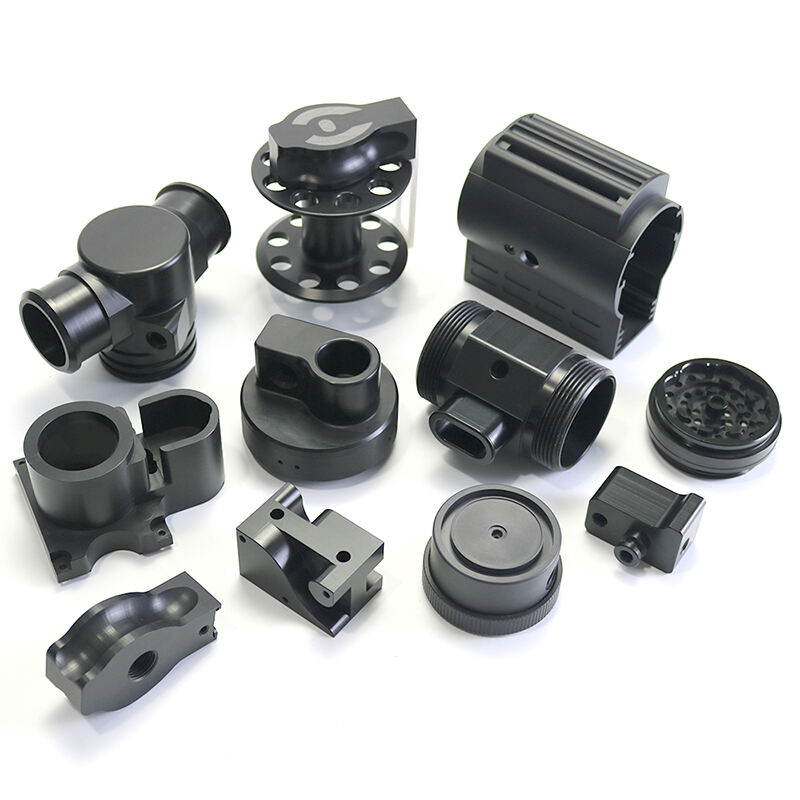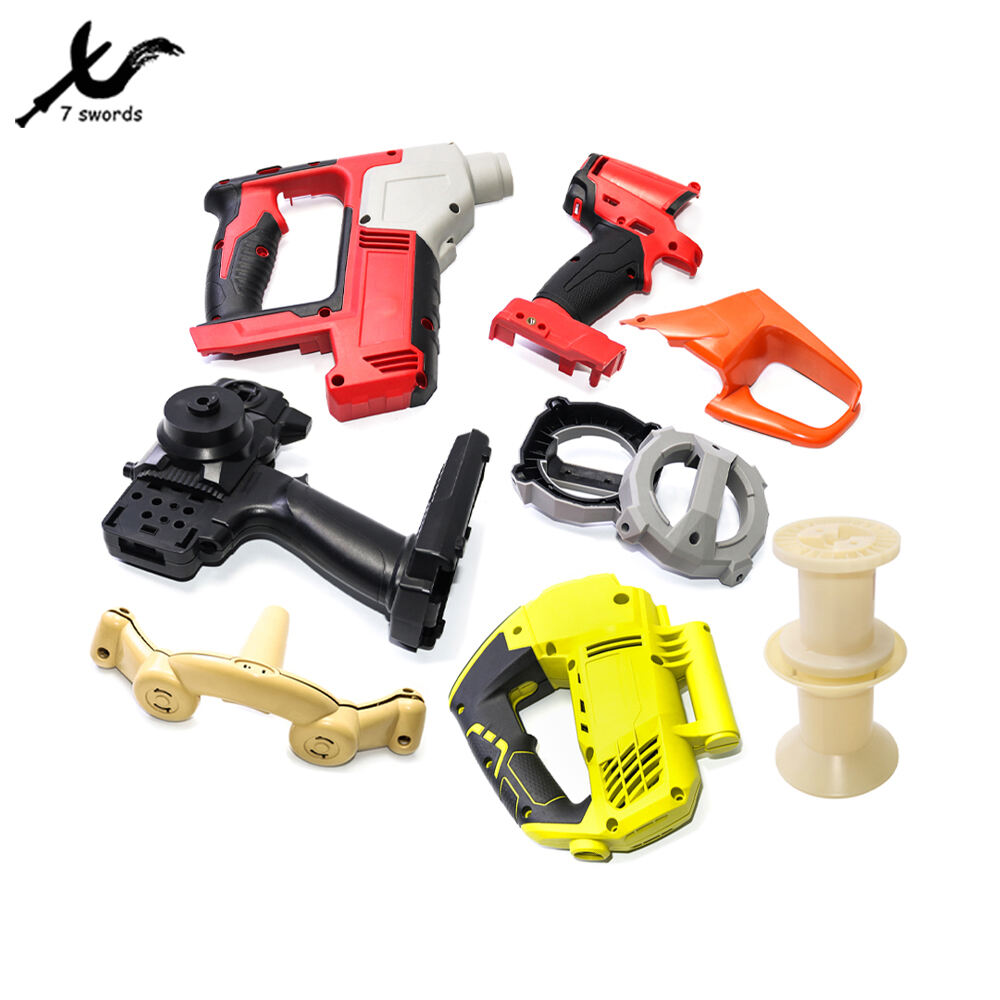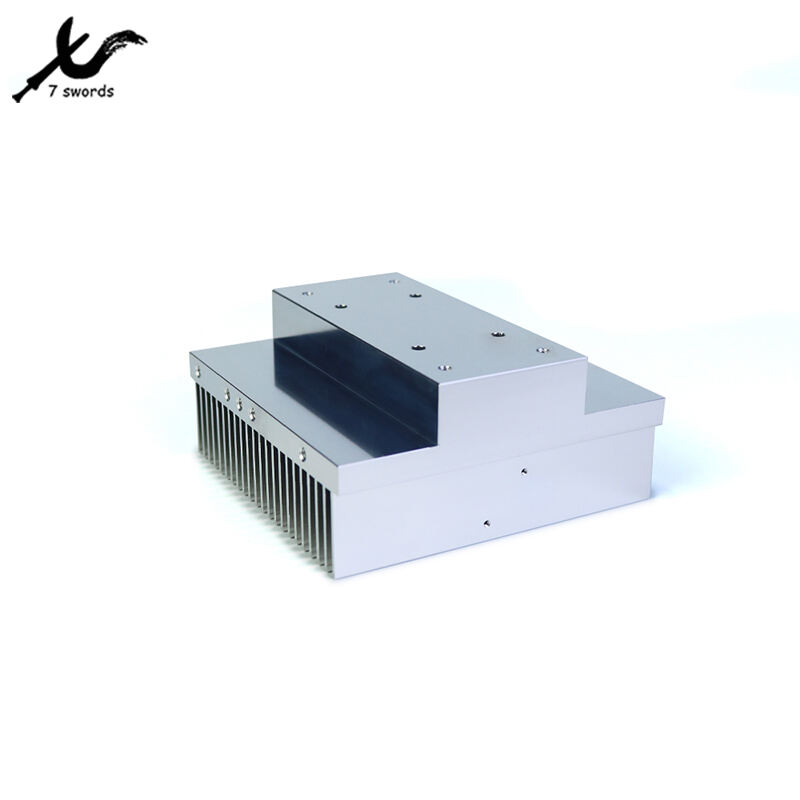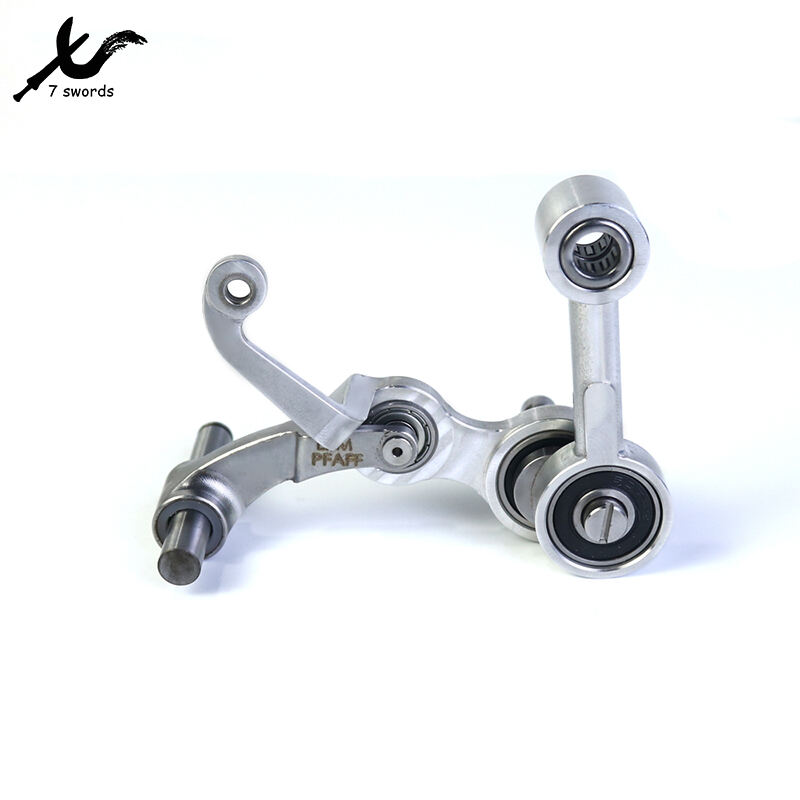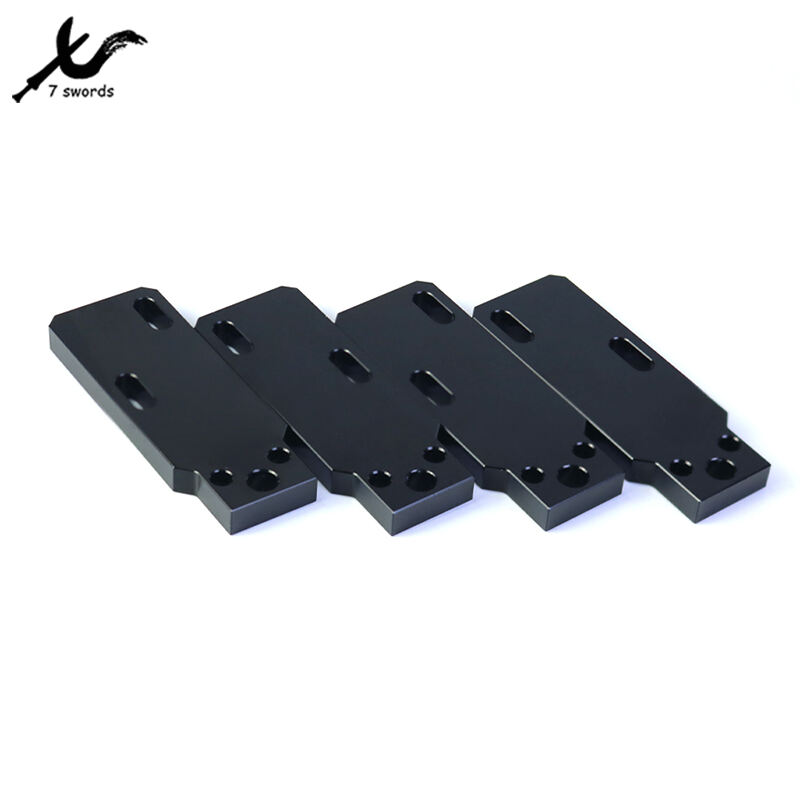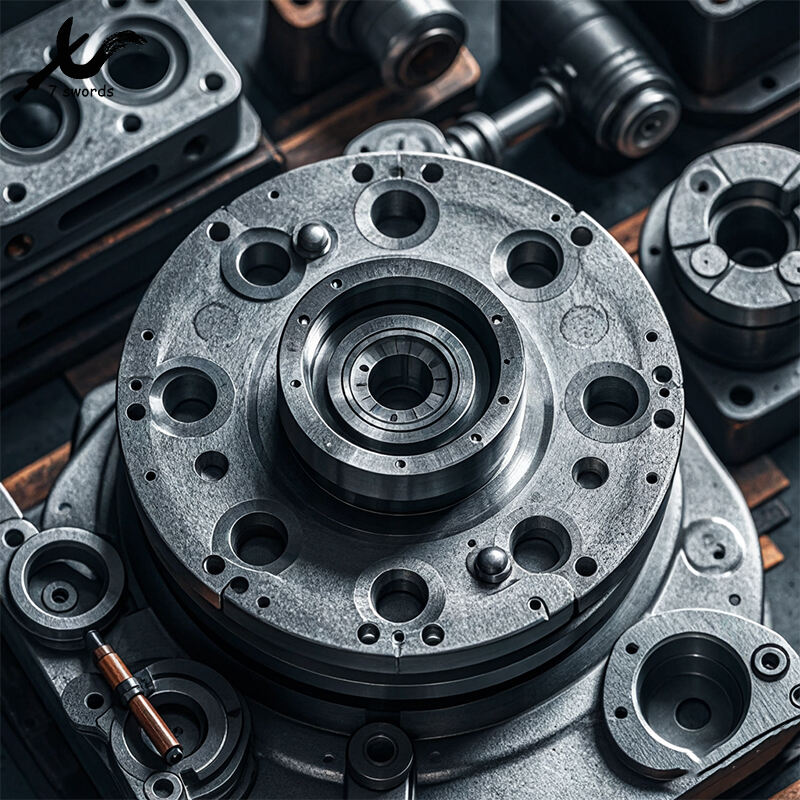Marine
The Pivotal Role of Machining Technology in the Marine Industry
Introduction:
The marine industry operates within a unique and demanding environment, requiring parts with exceptional performance characteristics. The manufacturing process of these parts is fraught with challenges that traditional methods struggle to overcome. Machining technology has risen to prominence in this sector, playing a crucial role as illustrated by the following case studies.
Laser Cladding Technology in Shipbuilding:
In shipbuilding, issues such as corrosion and wear are commonplace, and conventional repair methods are not always effective. Laser cladding technology has emerged as a powerful solution for repairing critical ship components. Its benefits include a minimal heat-affected zone, strong metallurgical bonding between the cladding layer and base material, and a fine-grained, dense structure that enhances durability.
Multi-axis Machining of Large Marine Engineering Parts:
Marine engineering involves the precise machining of heavy mechanical parts, necessitating the use of multi-axis machining centers. This article delves into the setup concepts and operational sequences for machining, presenting a logical approach to sequence planning and machine allocation for large-scale offshore construction components.
Application of Machining Technology:
Precision Machining: High-precision machining is essential for crafting vital ship components such as propellers, bearings, and gearboxes with exacting standards.
Material Adaptability: Machining technology is versatile, and capable of handling a range of materials from traditional metals to specialized alloys.
Surface Treatment: Technologies like surface hardening and coatings are applied to improve components' wear and corrosion resistance.
Customized Production: Machining technology facilitates tailored production of parts to meet the specific demands of marine engineering.
Technological Innovation and Advantages:
Improved Precision: Machining technology ensures the accuracy of part machining, aligning with the marine industry's stringent precision requirements.
Enhanced Performance: The application of special materials and surface treatment technologies bolsters the longevity and reliability of marine components.
Cost Reduction: Streamlined processing techniques minimize material waste, increase production efficiency, and reduce costs.
Achievements and Impacts:
The integration of machining technology has elevated the performance and quality of marine parts, bolstering the safety and efficiency of marine engineering projects. It also stimulates ongoing innovation and advancement in associated manufacturing technologies.
Conclusion:
The deployment of machining in the marine industry is a testament to technological prowess and an unwavering commitment to process refinement and engineering innovation. As technology progresses, the marine industry is poised to conquer increasingly ambitious engineering milestones.



